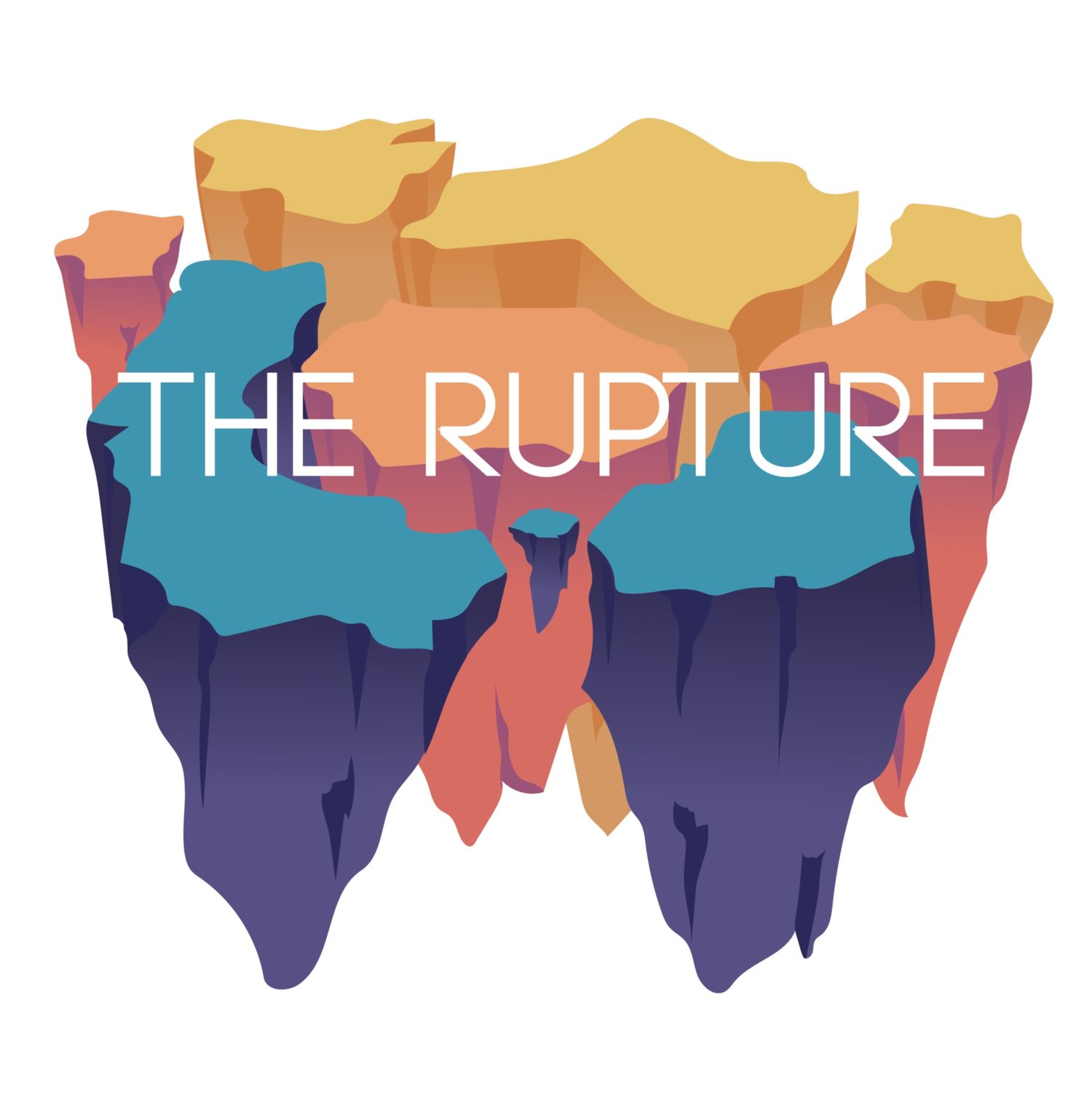
His story, “Molly's Boyfriend,” appeared in Issue Ninety-Eight of The Collagist.
Here, he speaks with interviewer Andrew Farkas about polyamory, the value of that which is fictional, and “millennial” stories.
Please tell us about the origins of “Molly’s Boyfriend.” What sparked the initial idea and caused you to start writing the first draft?
Polyamory was a trending topic among some friends when I was living in North Carolina. I got to thinking about an unwilling participant in a tri-amorous relationship who does his best to convince himself he’s on board with it.
I have heard people say that they don’t read fiction because “it’s not real” or “it’s just something someone made up.” And yet, we make things up all the time and convince ourselves that they are real (even though they exist only in our minds). How do you see “Molly’s Boyfriend” playing with this split between our generally suspicious natures and our tendency to believe our own imaginations?
I agree that we can be suspicious, though I think we are often selectively suspicious, and other times quite credulous. We just need someone to give us a reason to set aside our disbelief. I think Molly does that for the narrator, at least for most of the story. And I think, in general, readers believe that fictional worlds have meaning and relevance because the writer has done something meaningful along the way to earn their trust.
But it can be very difficult to accept the value of something that is fictional if you believed it was real all along. This, for me, is what troubles the narrator at the end of “Molly’s Boyfriend.”
There is a truly fantastic metafictional conceit at play in this story. After we meet the three characters (Molly, Molly’s boyfriend, and the narrator), and after we start to accept the idea of their budding tri-amorous relationship, the narrator then wonders if Molly’s boyfriend actually exists (since the narrator has never seen or talked to him). When the narrator decides Molly’s boyfriend might not be real, he wonders: “How can I miss someone I’ve never met?” while still feeling pain for his loss – almost as if Molly’s boyfriend had died. Remarkably, I’d argue, the reader feels the same pain. And yet, not a single one of these characters was ever truly alive. Missing one of them is as absurd as missing any of them. Is the idea here that our imaginary worlds are just as important as the real world and losing anything in that imaginary world is just as difficult? Or, is it that everyone ultimately disappears into their own contradictions (the twin impulses of wanting to fit in and wanting to stand out inherent in the tri-amorous relationship)? Perhaps something else is going on here?
This question reminds me of T.C. Boyle’s “Chicxulub,” in which he plays with this same idea—the ambiguous loss of a fictional character—more intentionally, I think, than I did. We’ve all had the experience of reaching the end of a book, and then not wanting it to be over, of feeling sad that we can’t spend any more time in that world, with the characters we’ve come to know. In “Molly’s Boyfriend,” we can commiserate with the narrator on this front before he too disappears on us.
But if literature (or any form of storytelling) lives on with us after the book/film/play has reached its end, if our internal worlds have changed as a result, then dismissing fiction as merely imaginary fails to acknowledge its power. And if “imagination” is the discrepancy between the events and stimuli of the “real world” and our mind’s way of processing them, then that’s where all the good stuff is.
What have you been reading recently that you might recommend?
I keep coming across Stuart Dybek stories I wish I’d written, like “Pet Milk” and “Paper Lantern.” And as a fan of short-story collections in general, I always like going back to Drinking Coffee Elsewhere by ZZ Packer and Bobcat by Rebecca Lee.
More than novels, which are constrained by the forward momentum of one, overarching plot, I think short-story collections give insight into the obsessions of an author. I have a much better sense of “knowing” a writer after having read a short-story collection than after having read a novel.
What are you writing these days?
Lately I’ve found myself attempting to write what I think of as “millennial” stories. I don’t always identify all that strongly with my generation, but I’ve also come to recognize that the experience of millennials is relatively uncharted territory in the long history of literature, and that it’s a topic I feel qualified to speak on. What does it mean to be a member of this generation, alive at the beginning of the decline of the Western world? Why might we respond to existential threats with apathy? Why have we overcome some of the prejudices of previous generations but not others? Am I overusing the dog filter on Snapchat, or am I not using it enough? These are the some of the questions propelling me at the moment when I sit down to write.


